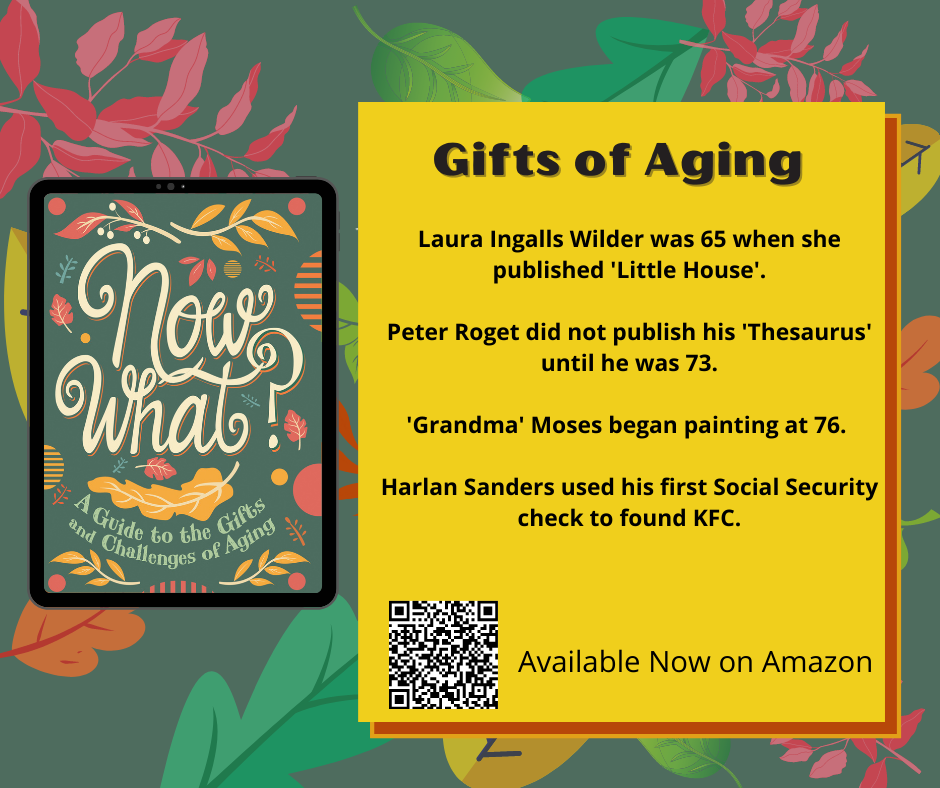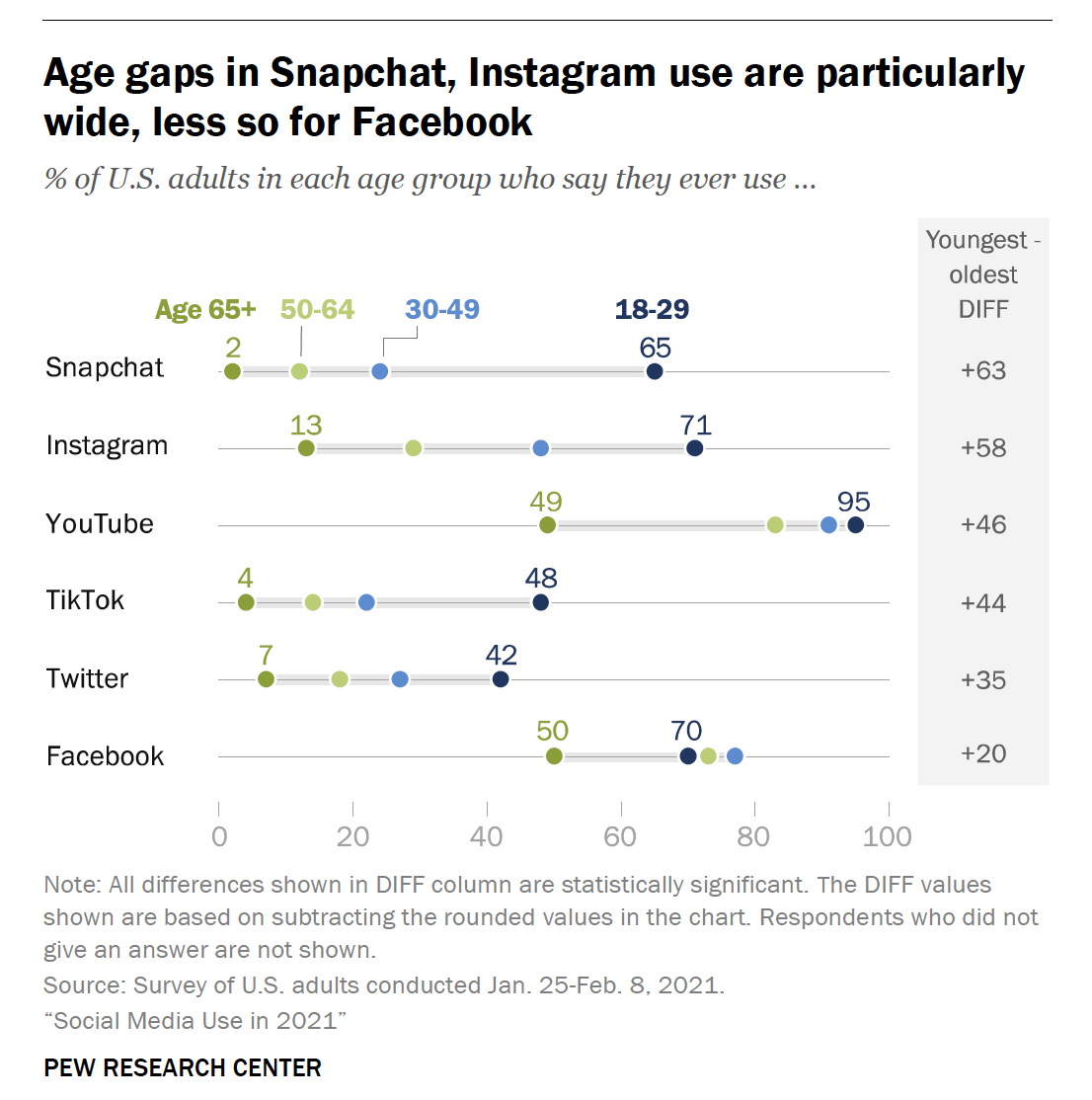
THERE ARE MANY REMARKABLE ‘GIFTS’ OF AGING, as our expert authors explain in this new book. That’s why we all need to remain connected as families and communities. Whatever our age might be, we all can give back to the community.
.
By DAVID CRUMM
Editor of ReadTheSpirit magazine
Isolation and exclusion are major threats to our health and wellbeing as we age. In fact, public health experts around the world say that regular, meaningful connections with other people are “a social determinant of health.” Connection is good for us in many ways!
Experts’ Best Ideas for Staying Connected
In fact, the U.S. Department of Health and Human Services recommends that all of us:
- Encourage interactions with family and friends as a counter to the anxiety and depression that afflict many of us as we age, especially if we spend too much time alone.
- Foster multigenerational conversations to strengthen families and communities, especially positive conversations between parents and children. As we age, we can give back through these relationships as much as we receive from them.
- Increase each person’s ability to access health care information, both online and also in conversation with loved ones and other community members. We need other people to know about what we’re going through—so they have the opportunity to help, even if that is simply by regularly checking on us.
- Make sure that family-and-friend networks are active to help meet the challenges of food insecurity in thousands of homes and neighborhoods nationwide. Far too many Americans do not have adequate access to nutritious food where they live. We can’t help each other, if we don’t regularly communicate.
So, How Do Seniors Connect Online in 2021?
In a column about the importance of social media, Front Edge Publishing Marketing Director Susan Stitt recommended that we read the fascinating 2021 Pew Research report on social media usage across America. You can read the top-line summary here—or, on that same page, you can click to download the entire PDF of the report. If you are a community leader, pastor, health care professional, teacher, journalist or you’re simply someone who cares about your loved ones—you’ll find lots of intriguing information in this report!
Here is just one quick question millions of us are asking: If we want to reach our aging loved ones online—where will we find them? Take a moment and look at the information packed in the colorful Pew graphic, below in this column.
Here are just a few of the issues you may want to discuss with others, based on this data:
- Wonder why all of your delightful Snapchat sharing never reaches Grandma and Grandpa? Only 2 percent of 65-plus men and women use Snapchat!
- Would your elderly loved ones enjoy some of your Instagram or Twitter posts, especially those fun updates on children, pets, travel and new adventures? First, you’ve got to reach them. Only 13 percent of seniors use Instagram and only 7 percent use Twitter!
- Think about posting occasional uplifting content to YouTube. Half of 65-plus adults are users of that service!
- And, the good-old-reliable network for reaching millions of us remains: Facebook.
As you examine this chart—and share this column with others—remember that this data does not have to define your family! You can help your aging loved ones get online—and remain successfully online. That’s a terrific—and a healthy—multigenerational project.
Care to learn more?
There’s a complete chapter about safely enjoying the online world as we age in our book: Now What? A Guide to the Gifts and Challenges of Aging.
PLEASE—use our social media links to share this story with your loved ones, friends and community today.
Pew Research Chart on Age Gaps in the Online World

